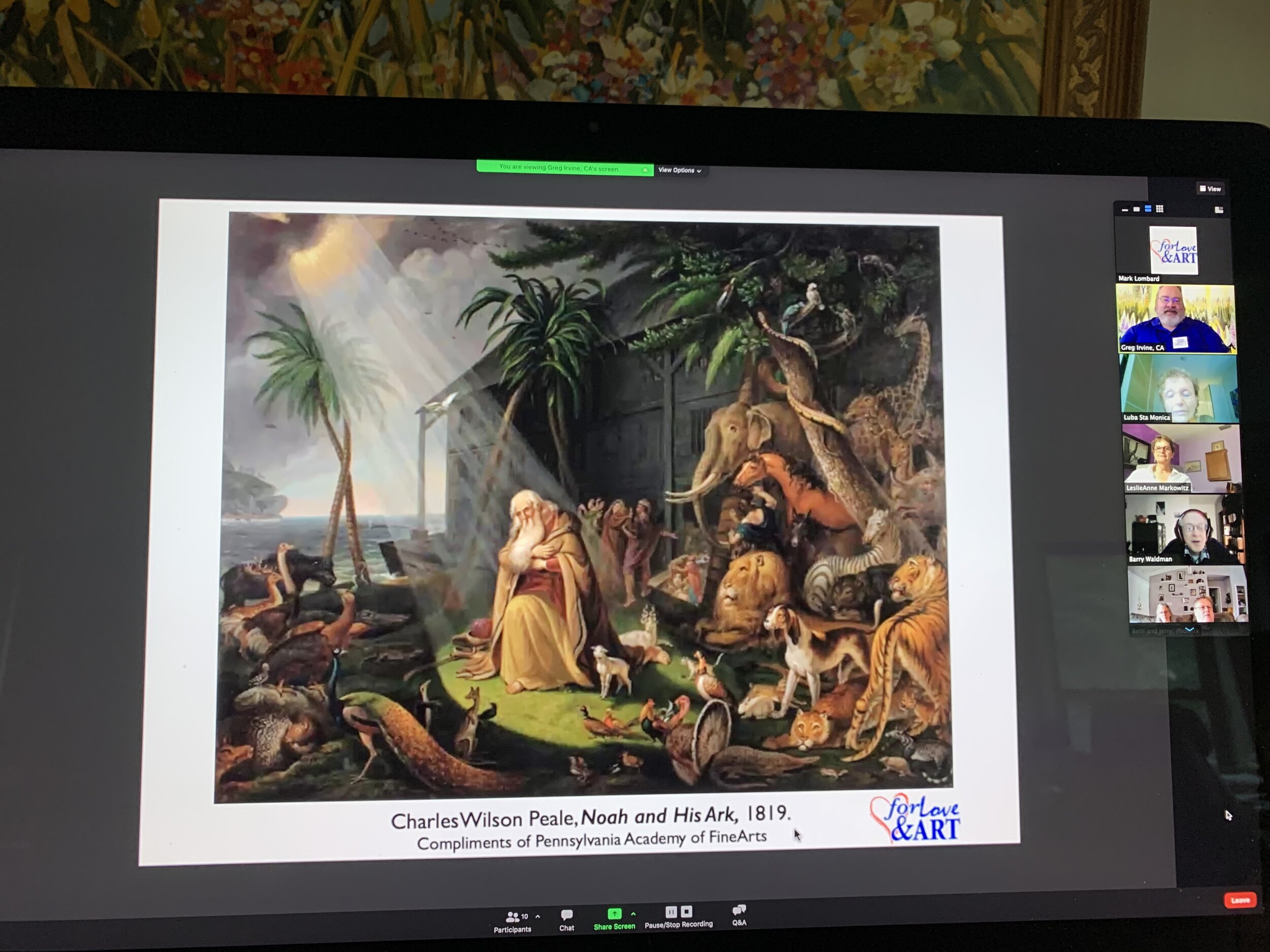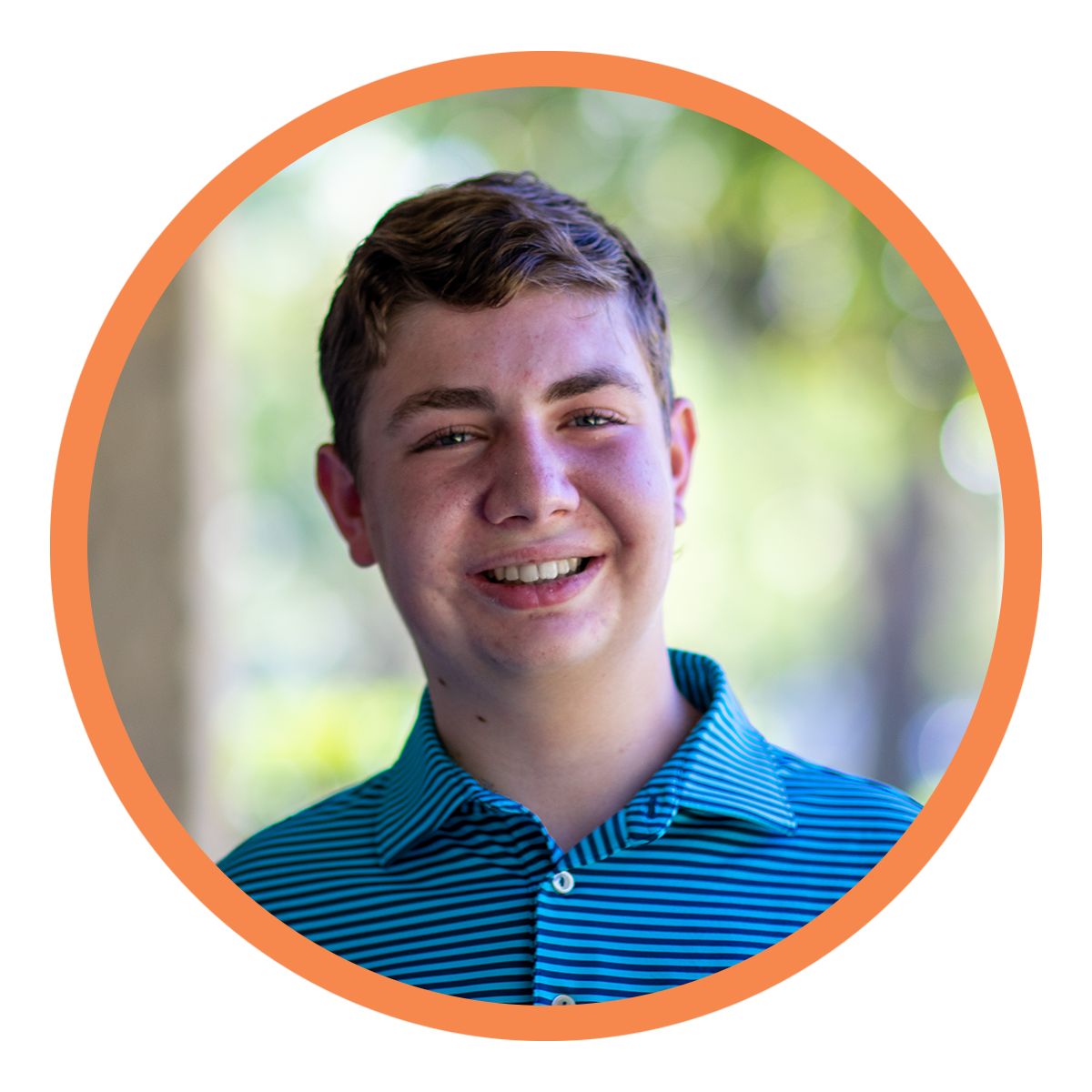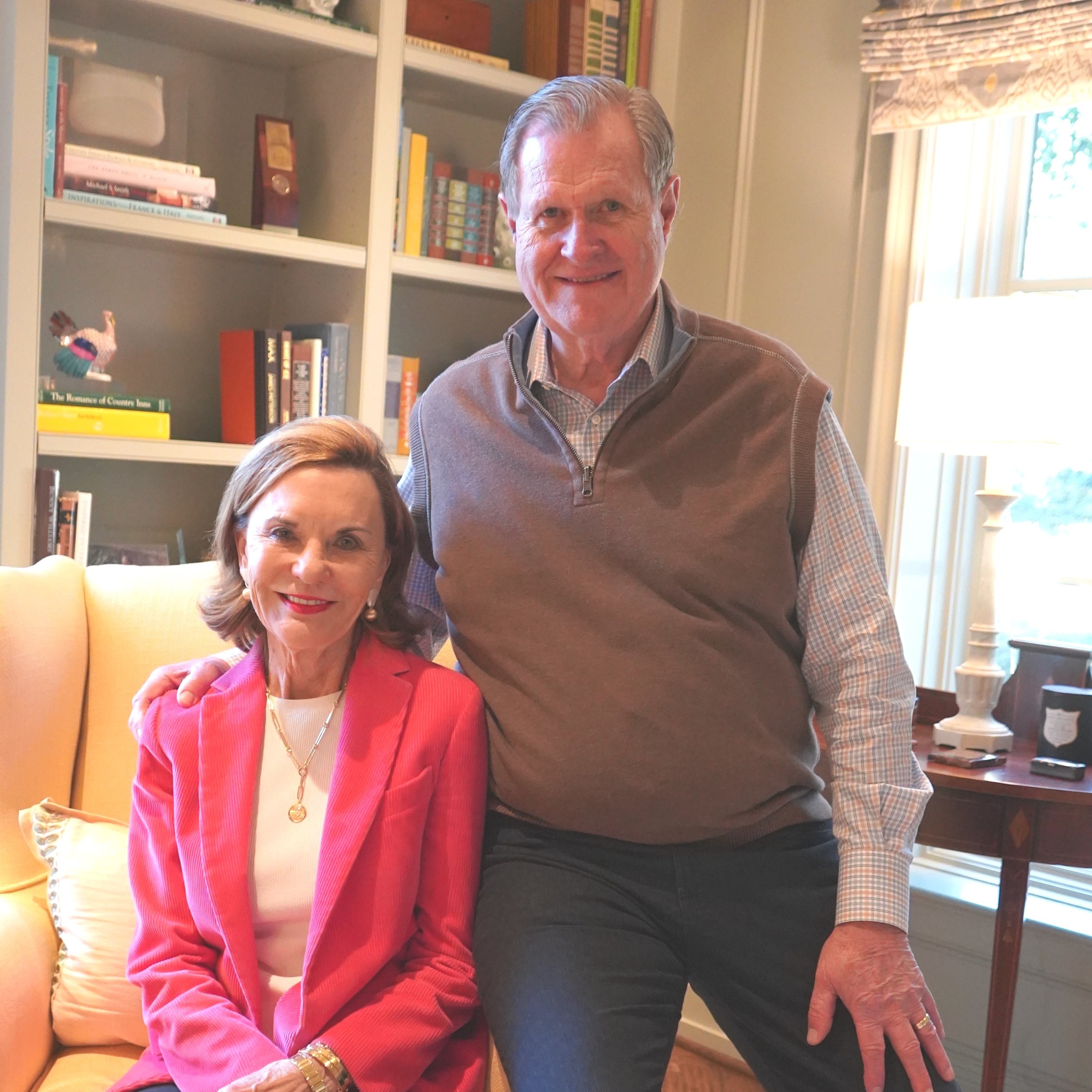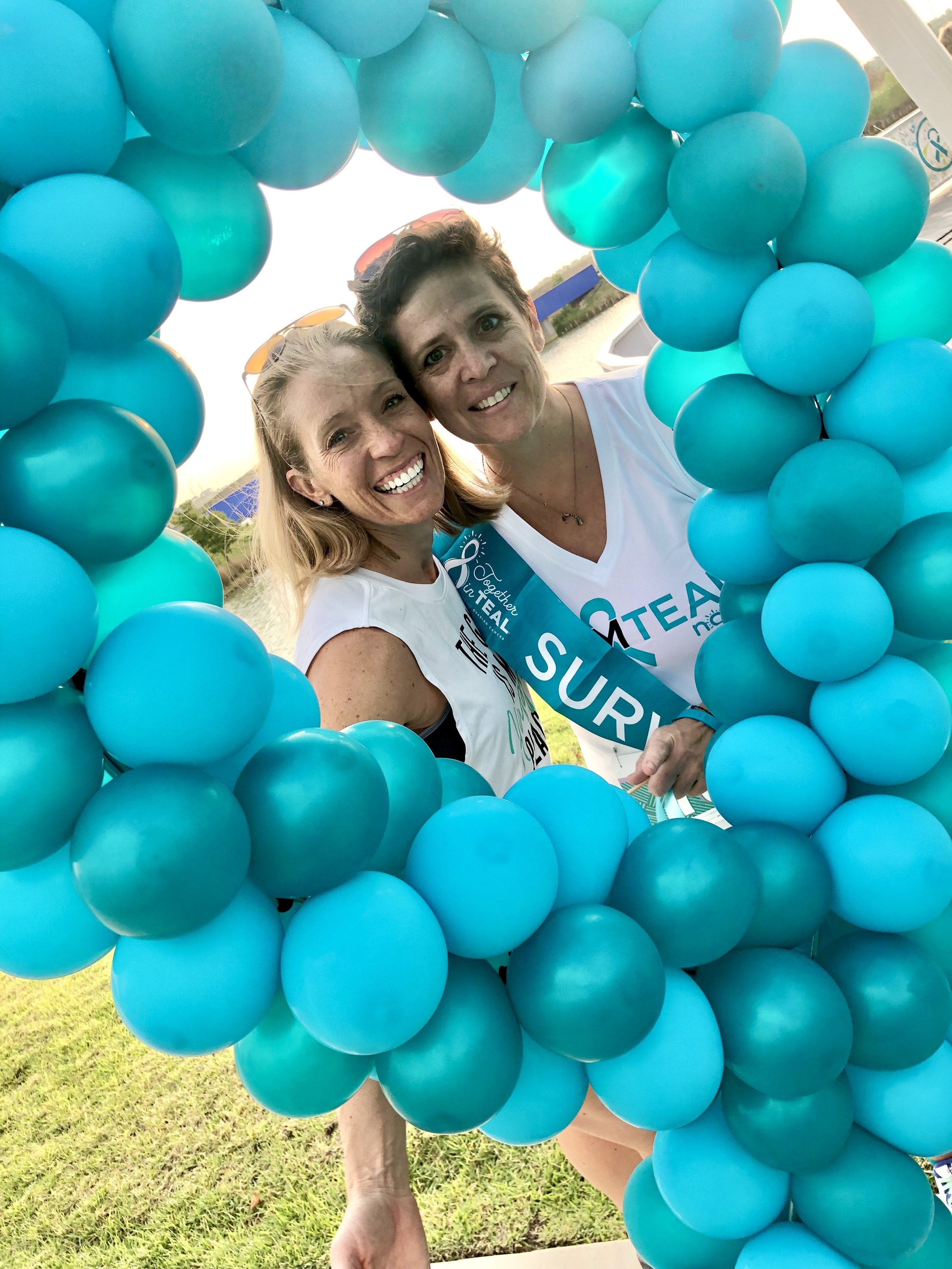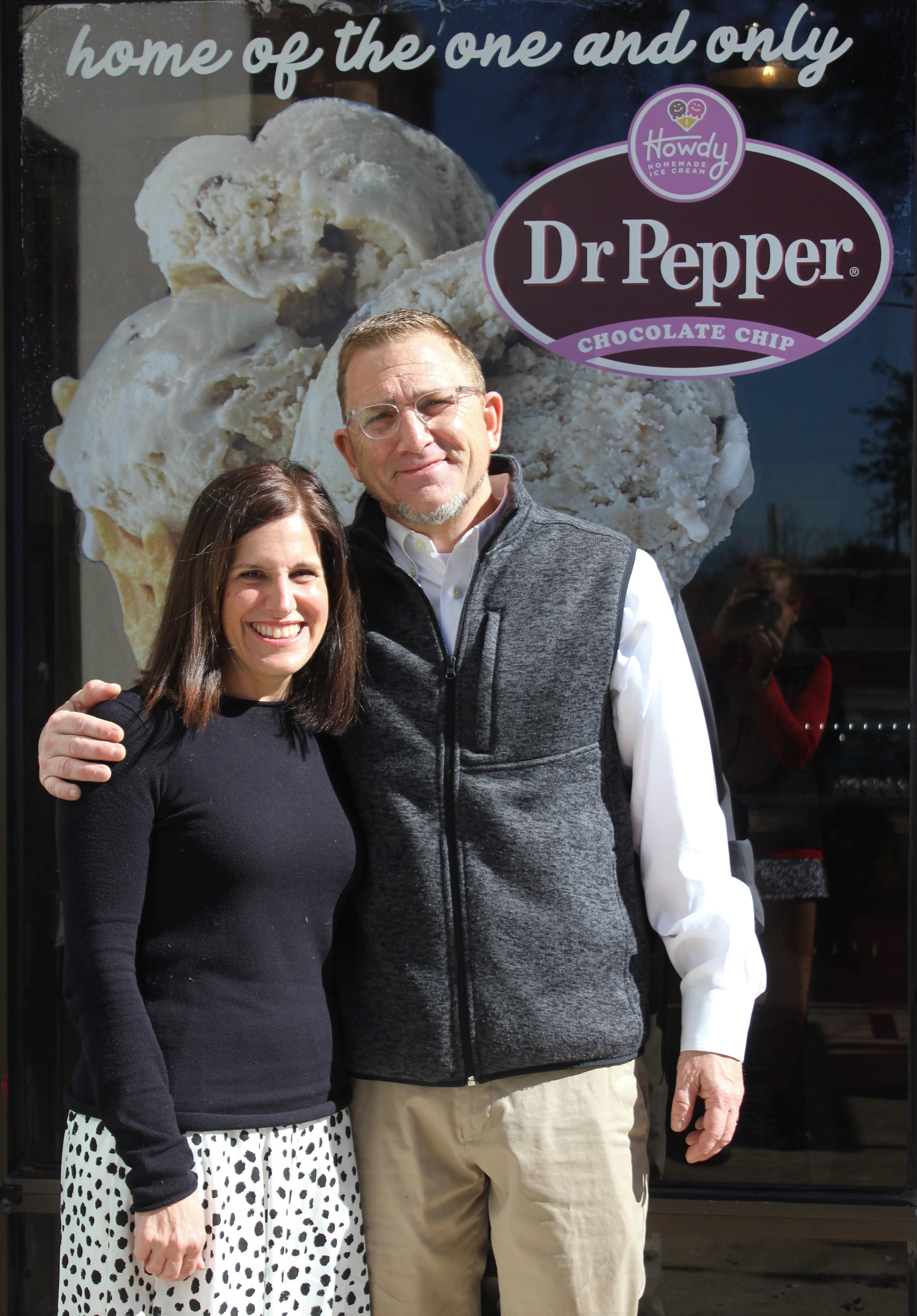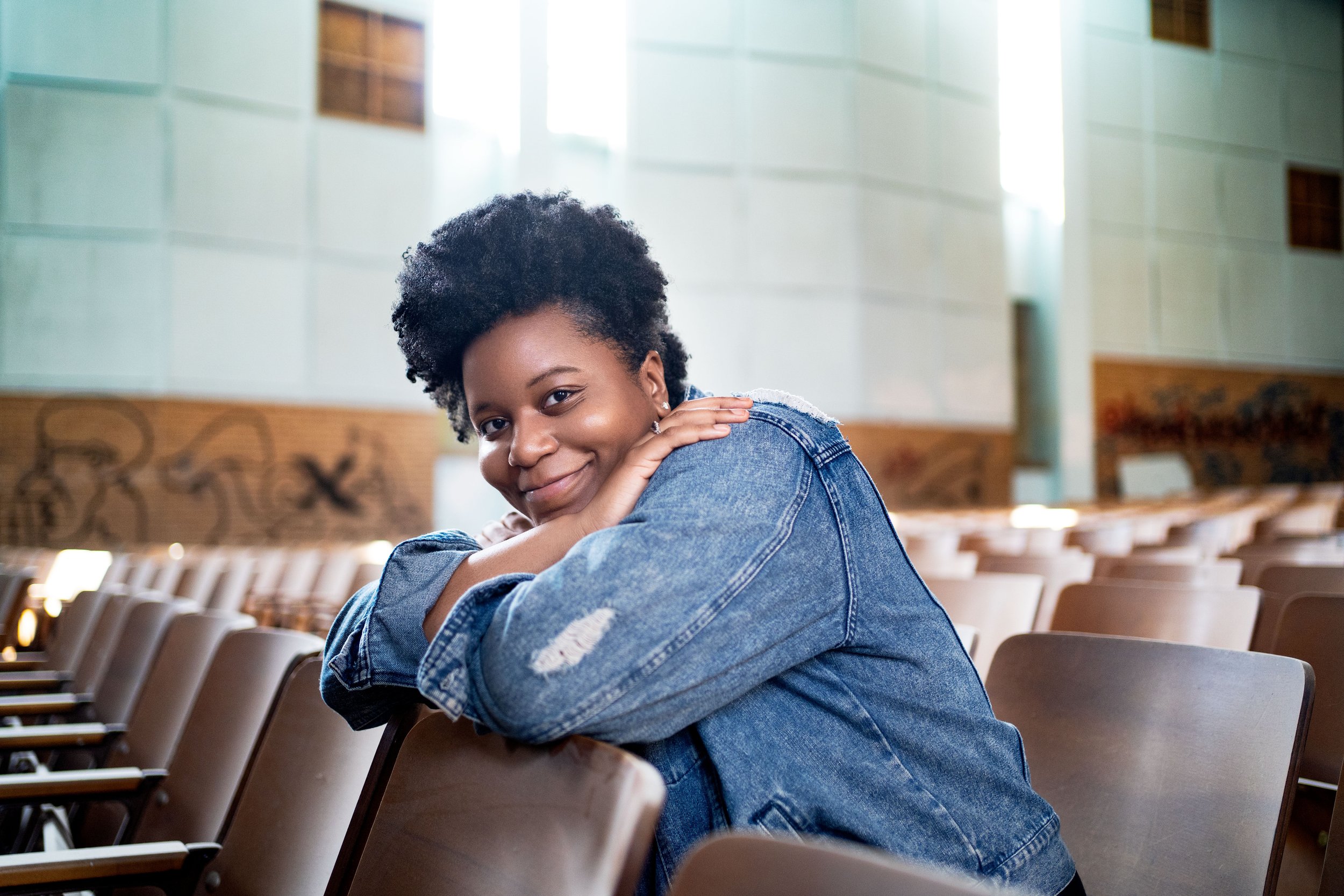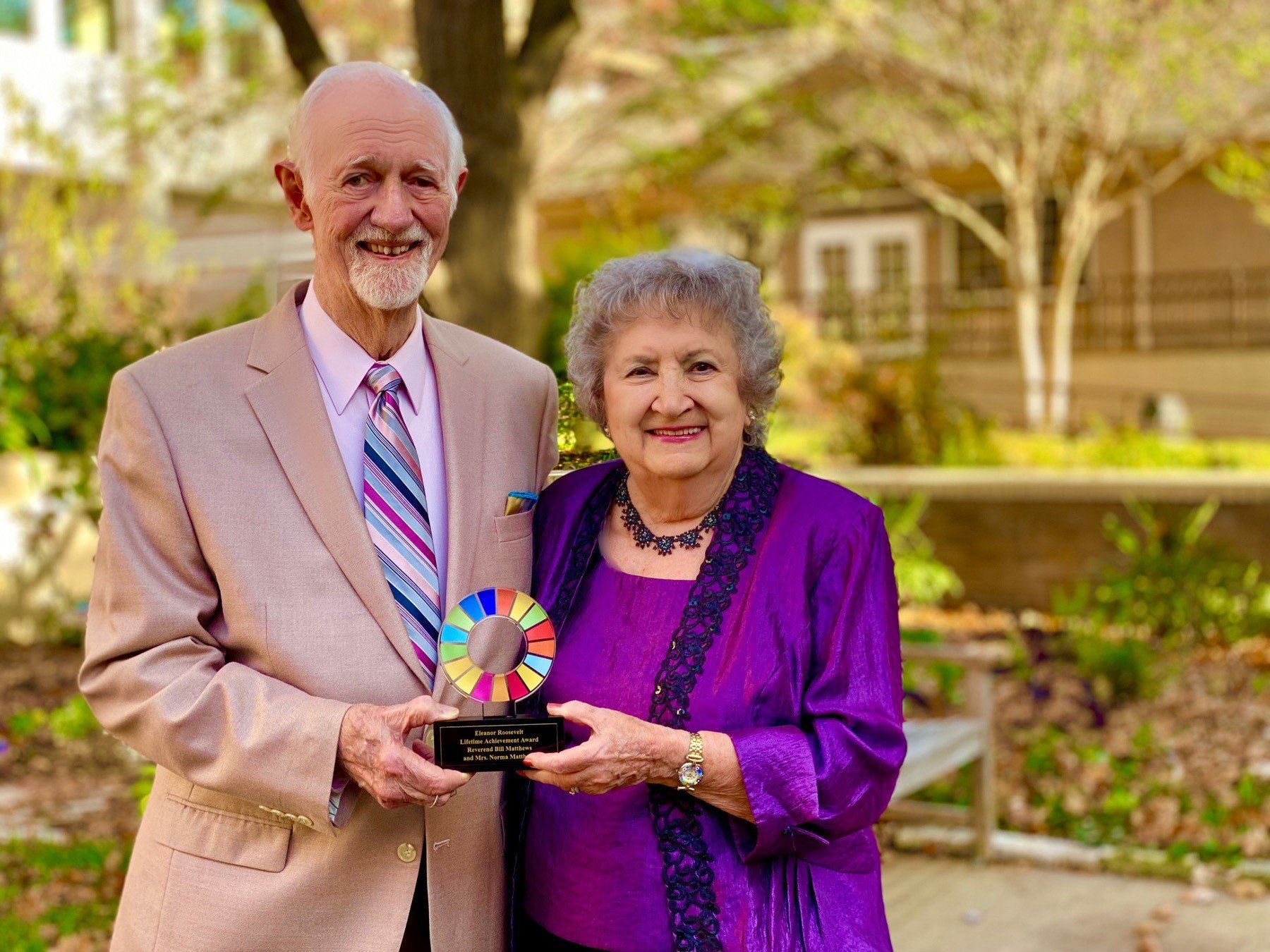Published December 7, 2020 at 7:46am
Story by Kira Leeper. Photos by Jack Helms.
Mark Lombard was the Dental School Director of Admissions at Temple University in Philadelphia before his work with For Love and Art. The path from higher education administrator to founder & president of For Love & Art, bringing art to those who can’t visit a museum in person, is one full of unexpected turns.
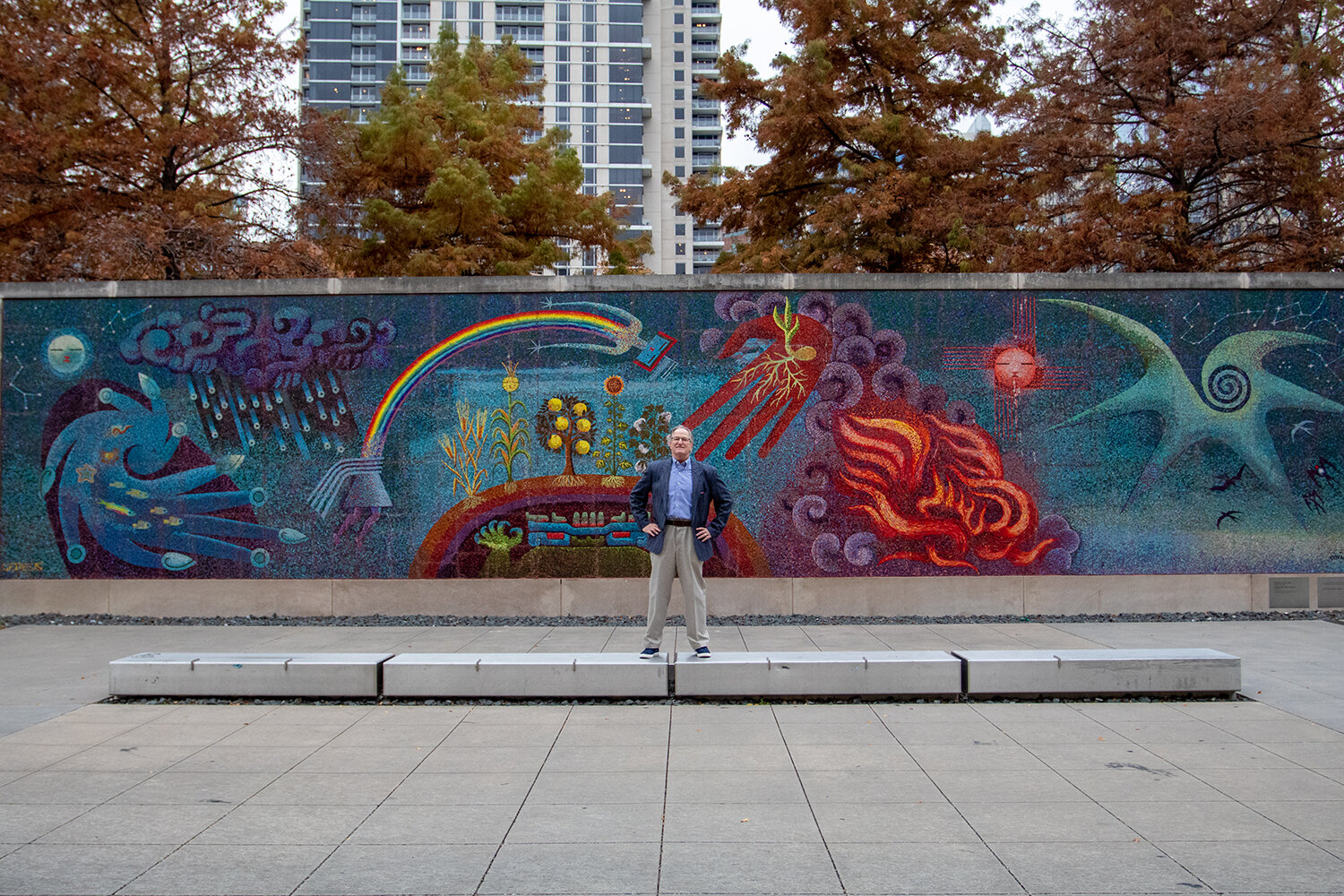
Mark met his future husband, also named Mark, playing bridge. They played competitively and together won the World Bridge Championship in 1998. In 2003, they left their positions in Philadelphia for new opportunities in Dallas. Mark left the administration world and began a new adventure through the ownership of what was a locally loved coffee shop in the Bishop Arts District called Nodding Dog Coffee Company.
One afternoon while serving coffee, a customer came in who was wearing an eye-catching badge shaped like a lion. Intrigued, Mark inquired about the unique badge and learned the badge indicated she was a hospice worker. They struck up a conversation that led to her inviting Mark to join her as a hospice volunteer. Mark, busy at the time with his new coffee shop, made her a promise that if “things didn’t work out” at the coffee shop, he’d give her a call.
Perhaps it was fate, or maybe an omen but that’s exactly what happened. Nodding Dog closed its doors on 2008. Mark kept his word and made a call to the lion-badged volunteer. He had never worked nor volunteered in hospice before. Mark says, “I thought I was there to teach people how to let go [of life], but in reality, they taught me how to hang on.”
Miss Billy was one of the first residents he worked with as a hospice volunteer. She was struggling to find the motivation to complete her daily physical therapy exercises, so Mark made her a promise. If Miss Billy completed her daily exercises, he would take her to the Kimbell Art Museum. With a light in her eyes, Miss Billy not only did her required exercises, but she did them twice over daily. Unfortunately, her condition began to deteriorate and she was unable to walk or leave to attend the Kimbell. Mark began visiting museums and picking up postcards depicting the artwork to bring back to her. Miss Billy held one particular card that depicted a scene on a lake. She held the card close, pointed to the shore by the lake, and said, “I wish I was right here.” She was no longer worried about her hygiene, her growing dependency on others for her personal care, or her pain. She was there, on the lake shore with her family, enjoying life.
For Mark, this experience among many others in the sacred halls of hospice care brought to life the truth of an Albert Schweitzer quote, “The tragedy of life is what dies inside a man while he lives.” Over and over he was experiencing bedside miracles as he integrated art into his friendships built there.
As he began his hospice career, Mark was in a leadership training program for hospice care that required a project. Building on the experiences he had with art in his hospice work, he decided to see if he could bring art off the museum walls to life for those without access due to accessibility or mobility constraints. He wrote letters to all local art museums and heard back almost immediately from the Amon Carter Museum of American Art in Fort Worth. The museum director called, exclaiming, “What you described to me in this letter is very important to this institution and very important to me personally because I just got back from moving my mother into a residential facility.” The staff at the Amon Carter invited mark to help them with a project they were developing. The initial prototype was a digital picture frame (which was modern technology at the time) loaded with images from the museum to be used bedside in art therapy at hospice visits.
Photo courtesy of For Love and Art
From there, the first Visual Museum Art Books were born. Art Books are no longer in use due to the obsolete nature of the technology, but before being discontinued, Art Books were donated and sent to VA and hospice facilities across the state. For Love and Art received an endowment in 2012 to provide every single VA medical center in Texas with Art Books.
Obtaining the licensing rights for art in the books posed a unique challenge in the beginning. Not only did rights for the actual art had to be obtained but also the rights for the photography of the images of the art. Today For the Love and Art utilizes works from 25 museums from all over the world. Notably, in addition to many local museums, the collection includes art from the MET, Art Institute of Chicago, Scottish National Gallery, and the National Gallery of Art in Washington D.C.
When working to build partnerships with these museums, Mark was met initially with administrative resistance. The National Gallery of Art, the national institution he sought to work with told him, ‘don’t call us, we’ll call you.’ But they gave him a follow-up email address. Upon returning home from his trip to D.C., Mark felt restless. He was unable to shake the feeling he needed to reach out again on behalf of his licensing request to the museum. He sent an email, “I know you get thousands of requests for support on educational projects. This is not an educational proposal. This is a project of mercy.” Twenty minutes later he received an email articulating “We have decided to partner with you and your beautiful project,” granting him the requested permission of the licensing & reproduction rights for part of the National Gallery of Art’s collection for use in the Art Books.
Today the museum experience is brought to life through presentations in centers of all varieties. The presentations, often facilitated by Mark (but also by staff), are referred to as “Art Angels.” The aim of these presentations is not to provide an intellectual experience of who, how, and what the art is. Rather, they are used as an engagement tool to facilitate having a shared human experience, build relationships, and authentically facilitate conversations about the hardships of the end of life. Mark has a three-pillared approach to talking about and experiencing the art with people. First, pay attention. Second, be astonished. Third, share your astonishment. This practice is a practice of mindfulness creating bonds of empathy and understanding.
The COVID-19 pandemic has required a swift pivot in program execution as the main audience of these populations are those most vulnerable to the disease. Without access to in-person facilitation For Love and Art, programming has turned virtual as so many have. Currently Mark offers three daily Zoom experiences taking participants of any age and background to museums across the world. The conversation is about how the art makes you feel, and what memories does it bring? While not a perfect substitution for experiencing the art together side by side, the virtual platform does allow for broader participation from the community.
For Love & Art’s sustainability is running low without the income of their live presentations. Virtual tours are for the most part free with a suggested honorarium. Yet their expenses have not waned. For the Love of Art needs the community’s support to stay afloat until they can resume their life-giving connections in person.
Mark and the team at For the Love & Art have worked with 30,000 seniors since 2018, and they anxiously await future circumstances that will allow them to return in person.
More Good Stories
Featured
When Kathy and Larry Helm heard about The Senior Source’s 60th Birthday Diamond Dance-Off, they knew they had to put on their dancing shoes! For the Helms, this event combined two of their passions into one. Celebrating and supporting The Senior Source, a Dallas-area nonprofit that has been serving older adults for 60 years, and dancing together, which they have been doing since they were high school sweethearts. Both Kathy and Larry have chaired the board of directors of The Senior Source and have been proud supporters since 1998. It seemed only fitting they should be voted into the finals to dance on stage at Klyde Warren Park this past summer.
In 2020, more than 912,000 women were diagnosed with some form of cancer in the United States alone. During that same pandemic year, countless medical appointments were canceled while people were social distancing, and yet still each day nearly 2,500 women heard the news, “you have cancer.” There is no doubt that these words can be crushing to hear, but what’s equally crushing is the lack of tangible, encouraging support that exists to help women feel beautiful, strong or “normal” before, during and after cancer treatment.
When Tom Landis opened the doors to Howdy Homemade in 2015, he didn’t have a business plan. He had a people plan. And by creating a space where teens and adults with disabilities can find meaningful employment, he is impacting lives throughout our community and challenging business leaders to become more inclusive in their hiring practices.
Have you ever met someone with great energy and just inspired you to be a better you? Nitashia Johnson is a creator who believes by showing the love and beauty in the world it will be contagious and make an impact. She is an encourager and knows what “never give up” means. Nitashia is a multimedia artist who works in photography, video, visual arts and graphic design. Her spirit for art and teaching is abundant and the city of Dallas is fortunate to have her in the community.
The United Nations Association Dallas Chapter (DUNA) honored Rev. Bill and Norma Matthews for their ongoing commitment, helping advance the United Nations Sustainable Development Goals agenda by promoting peace and well-being.

